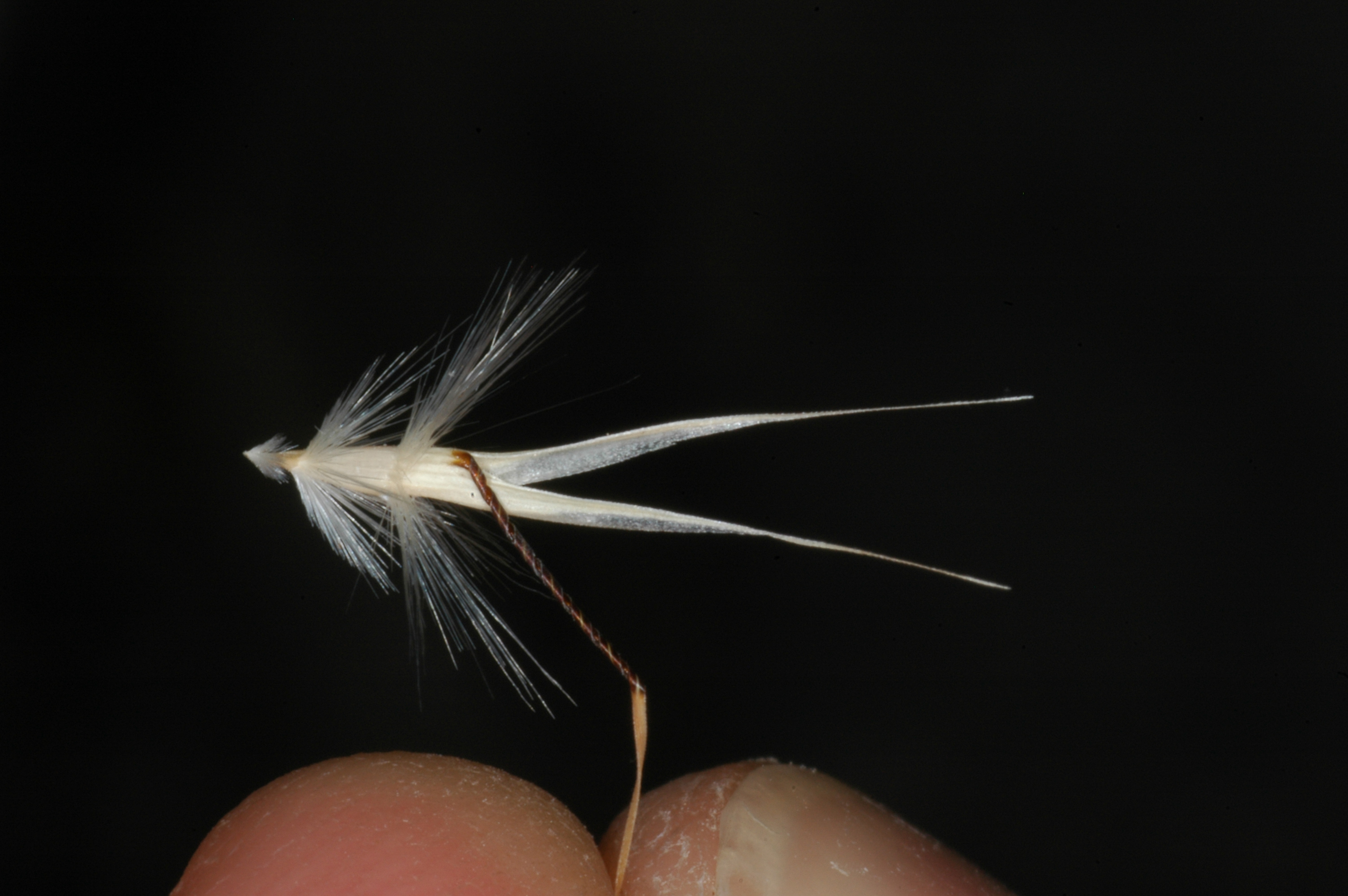



Common Wallaby-grass
Rytidosperma caespitosum
Erect tufted perennial, very variable, 20-40 cm in height with tall flowering stems to 90cm. Leaves hairy (but occasionally smooth), flat or inrolled, often bluish-green.
| Details | |
|---|---|
| Flora Type | Grasses |
| Other Common Names | White top, Ringed Wallaby grass |
| Distinctive Features | Distinct long leaf collar hairs (ligule). Variable, often dense tussock but can be small and tufted. |
| Biology | Perennial. Moist well-drained loam and sandy loam soils in a wide geographical and environmental range including grassland and grassy woodland. Tolerates grazing. |
| Native Status | Native |
| Flowering Time | Oct-Jan |
| Taxonomy | |
|---|---|
| Phylum | Tracheophyta (Vascular Plants) |
| Class | Magnoliopsida (Flowering Plants) |
| Order | Poales |
| Family | Poaceae |
| Genus | Rytidosperma |
| Species | caespitosum |
This is one of the commonest species of Wallaby-grass. Persists under mowing and grazing. Wallaby-grasses are drought hardy, tolerate low nutrient soils, but outcompeted by other plant species. They are moderately important fodder grasses with 10-25% crude protein when green, and moderate to high digestibility. Also NZ. Naturalised in California.
| Interesting Facts | |
|---|---|
| Similar Species | Very similar to R. setaceum which has larger leaves and bigger spikelets or flowers. Variable complex which interbreeds with other species including R. setaceum, R. erianthum, R. tenuius, R. procerum and R. racemosum. Interbreeds with related species. |
| Native Status | Native |